Social sector crowded out by debt servicing cost
War on terror, floods and earthquakes have caused a loss of $137 billion
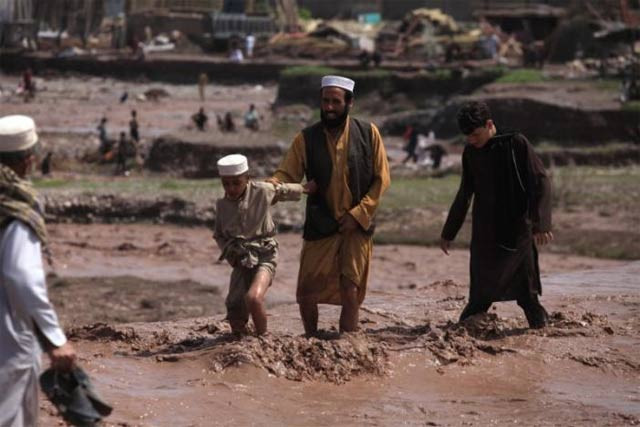
War on terror, floods and earthquakes have caused a loss of $137 billion. PHOTO: REUTERS
“Both economic growth and social sector development have been severely hampered by terrorism-related incidents,” said the State Bank of Pakistan (SBP) in its Annual Report on the State of Economy in fiscal year 2015-16 (FY16).
Debt indicators paint bleak picture
Pakistan’s position in the Human Development Index dropped by nine ranks from 138 in 2000 to 147 in 2014, the central bank said quoting the UNDP’s latest report of 2015.
Pakistan’s deterioration in the index was the fastest among regional peers, the report said.
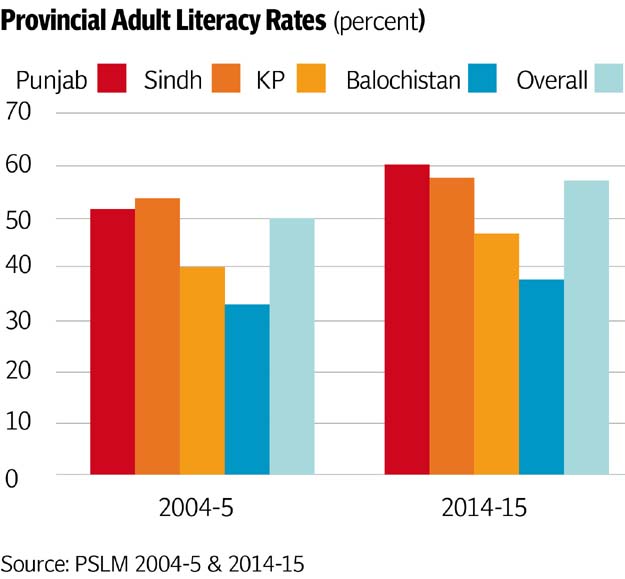
Similarly, the country stands at the bottom in terms of average life expectancy among peers. “For instance, in the year 2000, the average life expectancy was nearly the same in both India and Pakistan (62.63 vs 62.77 years), but by 2014, the indicator for India had improved to 68.01, whereas it could reach only 66.18 years for Pakistan,” the SPB said.
The social sector development was also constrained by the exclusion of female population from national economic and social uplift. “Despite some improvements lately, a large segment of the female population in Pakistan continues to remain excluded from formal education and the labour force,” the report said.
India, Bangladesh owe Pakistan Rs15.25 billion
Female enrolment lags behind that of males across all education levels (primary, secondary and tertiary), while Pakistan’s female labour force participation rate, at around 25%, is lower than that for regional countries like India and Bangladesh.
“Moreover, the lack of adequate health facilities also disproportionately affects women. Pakistan’s maternal mortality rate is among the highest in the region - at over 170 deaths per 100,000 live births in 2013. Pakistan has performed quite poorly in the MDGs (Millennium Development Goals) related to females,” it said.
“Social services (education and health in particular) require special focus, as the country is still far from achieving MDG targets.”
The country has a long way to go before achieving a satisfactory level of social and living standards for its people - something that is necessary for climbing the development ladder.
“Pakistan’s spending on social sectors (as a percentage of GDP) is much less than its regional peers. From FY11 to FY15, public spending on education went up marginally from 1.8% of GDP to 2.2%. Similarly, Pakistan spends the second-lowest amount on per capita (purchasing power parity) basis on health among Saarc countries (after Bangladesh),” it said.
“The income of the poorest fifth of the population is not rising fast enough to make any meaningful change in their lives.”
Pakistan's way out of the debt crisis
“Governments had been bogged down with unavoidable expenses like debt servicing, defence, and running of government, which left little room for social spending,” it said.
Although the provinces were being transferred higher resources from the federal government, they were still spending less on social sectors, which have become provincial subjects since the 18th Amendment, the central bank said.
Resultantly, the penetration of private facilities in education and healthcare has increased significantly over the past few years. Although, the quality of their service remained superior, however, they remained too expensive to be availed by larger parts of the population, the bank said.
On the contrary, the Multidimensional Poverty Incidence at the national level dropped from 55.2% in 2004-5 to 38.8% in 2014-15. In terms of indicators, the highest absolute reduction was recorded in the possession of assets/appliances, and in access to sanitation facilities and cooking fuel. “Yet, despite recording progress, cooking fuel is still the indicator in which the highest number of people (60.6% of the population; regardless of poor or not) are considered deprived. This was followed by years of schooling (48.5% of the population was estimated to be deprived), overcrowding (38.3%) and access to health facilities (32.4%),” SBP said.
Published in The Express Tribune, November 18th, 2016.
Like Business on Facebook, follow @TribuneBiz on Twitter to stay informed and join in the conversation.


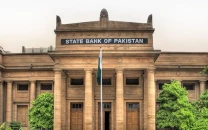
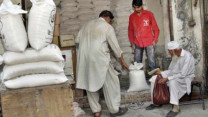

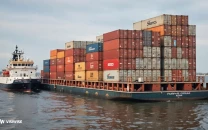


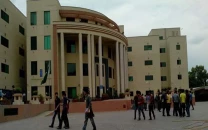

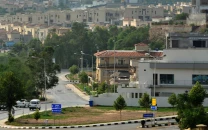




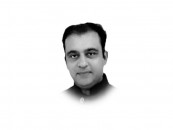

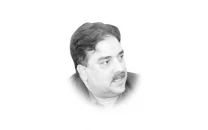
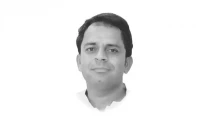
COMMENTS
Comments are moderated and generally will be posted if they are on-topic and not abusive.
For more information, please see our Comments FAQ